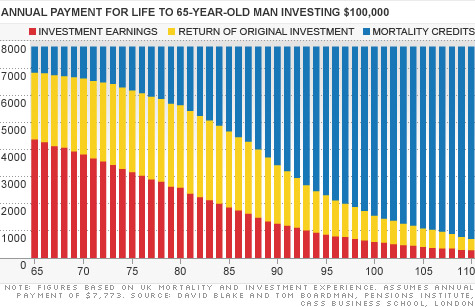http://money.cnn.com/2011/06/23/pf/shoplifting/index.htm?section=money_pf&utm_source=feedburner&utm_medium=feed&utm_campaign=Feed%3A+rss%2Fmoney_pf+%28Personal+Finance%29
"A lot of times shoplifting is an inside job," said Jim Angel, associate professor of finance at the McDonough School of Business at Georgetown University.
When the economy hit its lowest point, employees were primarily consumed with keeping their jobs, said Richard Hollinger, a criminology professor at the University of Florida and author of the security survey.
Shoplifting rates fell significantly in 2007. But as the recovery takes hold, shoplifting rates are on the rise again.Workers were deterred from stealing simply because even minimum-wage jobs in retail were scarce. "They were so worried about their future, their families and paying the mortgage, they realized this is what is keeping their family afloat," Hollinger said.
As employees feel more secure in their positions, they may be more inclined to take some risks, Angel said.
At the same time, employers drastically reduced head counts during the recession, which left fewer employees on the floor with heavier workloads in the early stages of the recovery. As workers feel more disgruntled, theft becomes "very tempting," Hollinger said, "especially if they feel that the company can afford it and they're being paid minimum wage."

